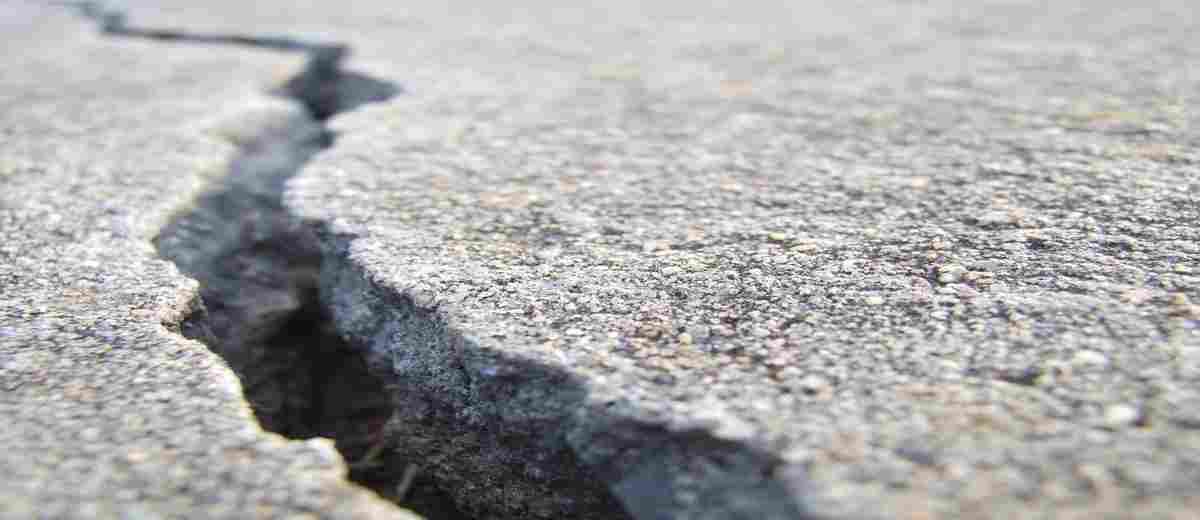How to Read a Sidewalk
Analyzing a sidewalk for hazards before your chair hits them is an important skill for any wheelchair user.
When reading a sidewalk, remember:
Make Sure You Can See Your Feet
Being able to see your feet is like the peripheral vision of cripple-ness. It helps you understand the spacial relationship between your body and chair and the world around you.
If you can’t see your feet, you won’t be able to judge how close you are to hazards.
Dark lines usually means a raised edge
When you are looking at a sidewalk and you see a line that’s darker than the rest of the concrete around it, that’s usually a sign that the sidewalk has started to buckle upwards and is more likely to catch the front wheels of your chair. Be prepared to raise the front of your chair to clear it.
Dark spots usually mean potholes
If you see dark blotches in the concrete, it usually means a pothole or divot. It’s best to try and avoid this altogether instead of trying to lift your chair over it.
Thick lines means a large gap between the sidewalk segments
Occasionally the caulking between sidewalk segments widens and separates. This can catch your front wheels if you don’t spot it in time.
Avoid sewer grates and covers
Avoid going over sewer grates and covers. A lot of these have elaborate textures on them that can snag your chair’s front wheels.
If it’s different, go around it
If you’re going down a sidewalk and you see something that stands out from the rest of the concrete, go around it. Don’t take any chances thinking you can safely roll over or through it.
